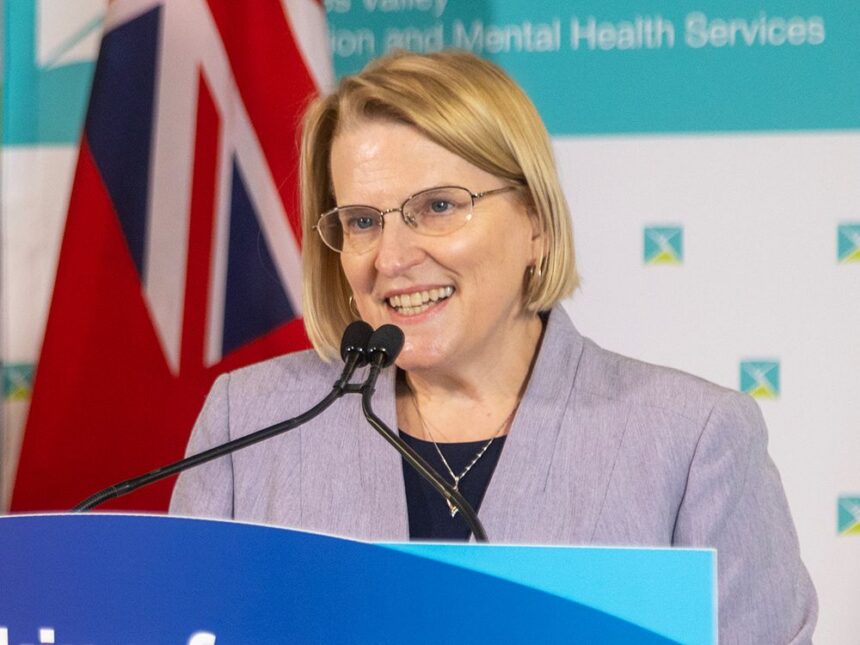The private clinic expansion for hip and knee surgeries announced by Ontario’s government marks a significant shift in how our province is addressing surgical backlogs. After spending several days speaking with healthcare professionals, patient advocates, and policy experts across Toronto, I’ve uncovered a complex picture of both opportunity and concern.
Dr. Alicia Sharma, orthopedic surgeon at Toronto General Hospital, expressed cautious optimism about the initiative. “We’re looking at approximately 14,000 additional procedures each year when these three clinics become fully operational,” she told me during our interview at her office. “That’s substantial relief for patients who’ve been waiting in pain.”
The province’s plan includes establishing independent health facilities in Windsor, Kitchener-Waterloo and Ottawa. What’s striking about this approach is the government’s insistence that procedures will remain covered by OHIP, addressing one of the primary concerns many Torontonians have shared with me over the past week.
Christine Watson, a 68-year-old Leslieville resident awaiting knee replacement, reflected the mixed feelings I’ve heard throughout the community. “I’ve been waiting 18 months already. If this gets me walking again sooner, I’m interested. But I worry about what it means for our public system long-term,” she said, wincing slightly as she adjusted her position at the local coffee shop where we met.
The Ontario Health Coalition raises valid concerns about this approach. Their spokesperson pointed out during our phone conversation that “this represents a fundamental shift in how healthcare is delivered, potentially redirecting resources from public hospitals to private facilities.” They’ve documented similar concerns with previous privatization initiatives.
What’s particularly noteworthy is the scale of the challenge these new clinics aim to address. According to the province’s own data, over 100,000 patients were waiting for surgery in September, with many orthopedic procedures having some of the longest wait times. The pandemic exacerbated these delays dramatically, something I witnessed firsthand while covering Toronto’s healthcare response during COVID-19.
The Ontario Medical Association has taken a nuanced position. “We support innovations that reduce wait times while maintaining quality care,” their representative explained. “But implementation details matter tremendously.” They emphasized the importance of ensuring these facilities maintain the same standards as hospital settings.
Walking through Toronto Western Hospital’s orthopedic ward last week, I observed firsthand the pressure our system faces. Nurses juggled multiple patients, surgeons worked extended hours, and the waiting room remained consistently full throughout my visit.
Health Minister Sylvia Jones has emphasized that these procedures will remain covered by public health insurance regardless of where they’re performed. “This isn’t about changing who pays, but about expanding where services can be delivered,” she stated at the announcement I attended at Queen’s Park.
Critics, however, question whether this expansion might inadvertently affect staffing at public hospitals. Toronto-based health policy analyst Marco Rodriguez explained the concern: “These facilities will need experienced healthcare professionals. If they’re drawn from existing hospital teams, we could see unintended consequences for other services.”
The Ontario Nurses Association has been particularly vocal about potential workforce impacts. Their representatives highlighted that nursing shortages already strain the system, and fragmenting care across more facilities without addressing core staffing issues might create new problems.
For patients like Dennis Kim, a 59-year-old North York resident I interviewed who’s been using a cane while awaiting hip surgery, the debate feels somewhat academic. “I just want to get back to walking normally, playing with my grandkids,” he told me. “If it happens in a private clinic or a public hospital doesn’t matter much to me personally.”
What’s clear from my reporting is that outcomes will depend heavily on implementation. Quality standards, staffing solutions, and maintaining the principle of care based on need rather than ability to pay will be crucial measures of success.
The expansion also raises questions about the future direction of Ontario’s healthcare system. Will this represent a one-time solution to pandemic backlogs, or signal a more permanent shift toward a mixed delivery model? Officials I’ve spoken with provide varying answers to this critical question.
As someone who’s covered Toronto’s healthcare landscape for over a decade, I’ve seen previous attempts at innovation produce mixed results. The devil, as they say, will be in the details – particularly in how these new facilities integrate with our existing healthcare infrastructure.
For now, many Torontonians I’ve interviewed are cautiously hopeful that these changes might bring relief to those suffering while waiting for joint replacements. But they’re equally insistent that this should strengthen, not undermine, our public healthcare system’s foundations.
The coming months will reveal whether this approach can deliver on its promises while preserving the principles that make our healthcare system a cornerstone of Canadian identity.







